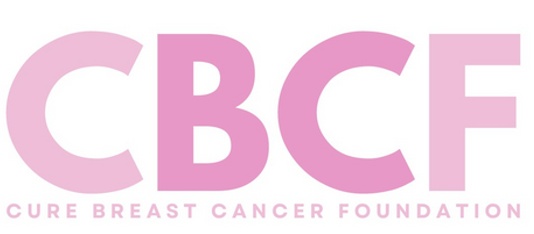The Self-Seeding Theory
One of the key problems with breast cancer cells—perhaps the most important problem—is their ability to move and start new cancers growing, not only in distant organs like the bones and liver (called metastases), but in the breast itself. This behavior is “self-seeding,” recalling the way weeds take over a garden: not by the growth of each individual weed plant but by the seeding of new weed plants that grow in a confluent fashion. By this concept a breast cancer is not one mass but a collection of contiguous smaller masses.
 This method of growth is indeed true in certain experimental models and research is ongoing to prove that it happens in people as well. It explains many aspects of cancer: rapid growth, disorganization, formation of new blood vessels, need to irradiate a breast after lumpectomy for cancer, and the association of all of the above with distant metastases. If correct, it will provide new targets for the development of drugs to treat and prevent cancer. Since “seeding” is an abnormal process—as opposed to the normal process of mitosis—such drugs may not only be more effective but less toxic as well. Hence, the concept of self-seeding is not only interesting from the point of view of biology, but also possibly very important in the design of better approaches to cancer management, prevention, and cure.
This method of growth is indeed true in certain experimental models and research is ongoing to prove that it happens in people as well. It explains many aspects of cancer: rapid growth, disorganization, formation of new blood vessels, need to irradiate a breast after lumpectomy for cancer, and the association of all of the above with distant metastases. If correct, it will provide new targets for the development of drugs to treat and prevent cancer. Since “seeding” is an abnormal process—as opposed to the normal process of mitosis—such drugs may not only be more effective but less toxic as well. Hence, the concept of self-seeding is not only interesting from the point of view of biology, but also possibly very important in the design of better approaches to cancer management, prevention, and cure.
We are encouraged by the advances we've been able to make through our research initiatives and believe that a cure is within reach. If you'd like to learn more about our most recent breakthroughs and the studies that are currently underway, please click here.
